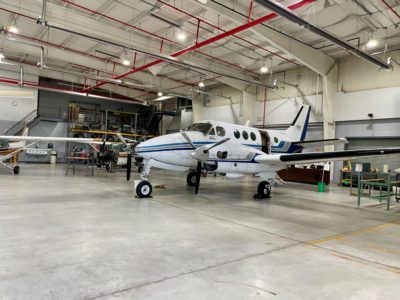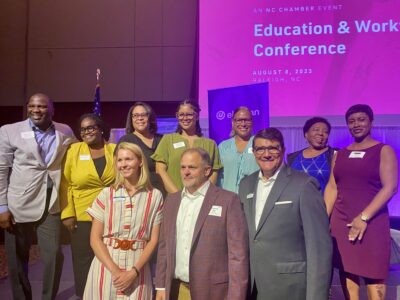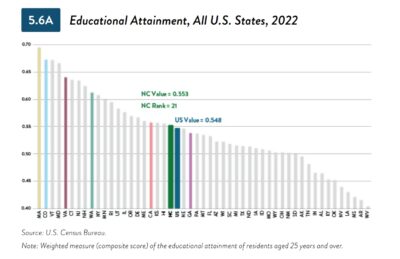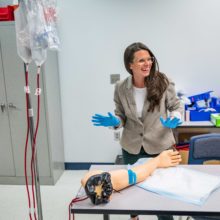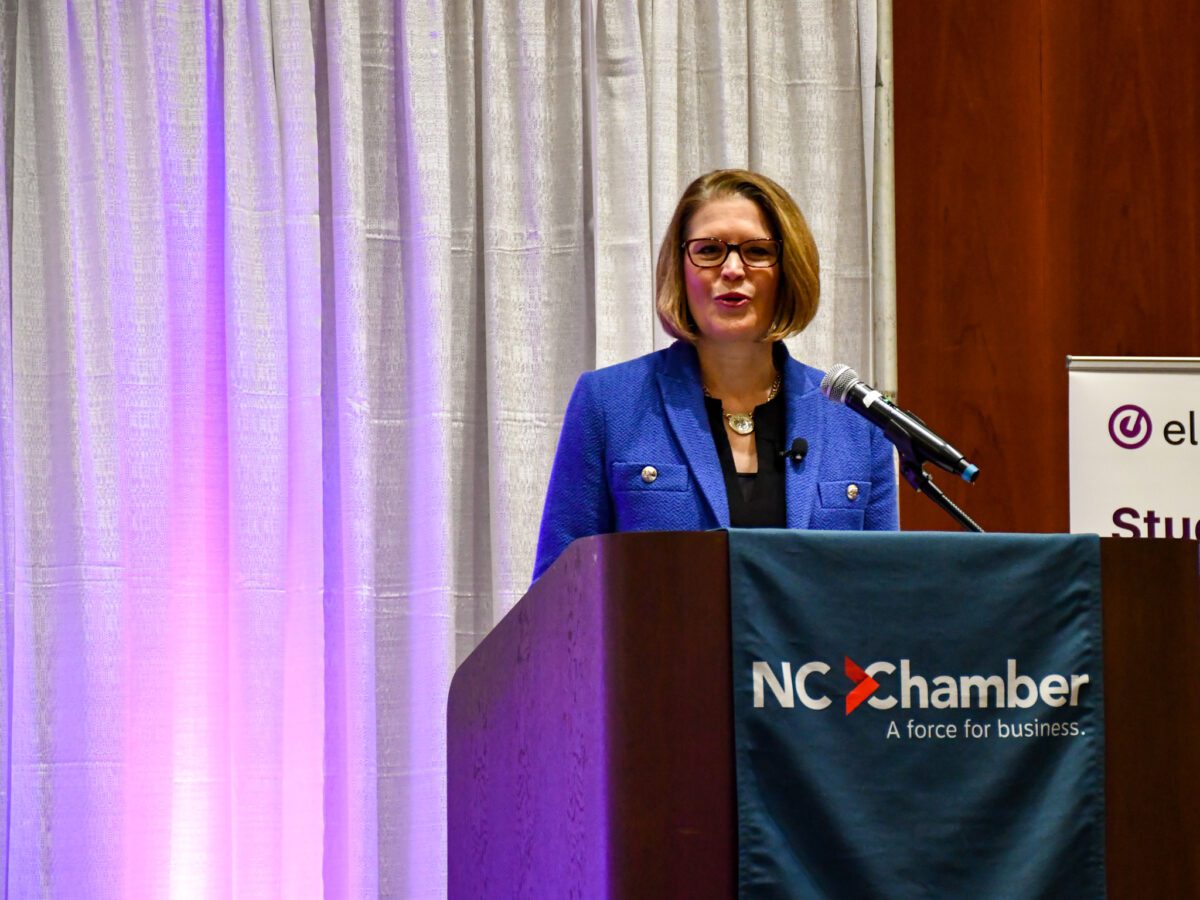
|
|
“How do you deal with the weight of the past, the pressure of the present, and still focus on the future?” asked Dr. Bill Daggett, founder of the International Center of Leadership in Education.
On Aug. 29, 2024, the NC Chamber hosted its annual education and workforce conference convening the state’s key stakeholders in education, business, government, and nonprofit sectors. The conference highlighted “the future of work” against a backdrop of competitiveness and technological advances, specifically artificial intelligence (AI).
Daggett opened this year’s convening with a cautionary message.
“Maybe we just can’t continue doing things the way we used to do them,” he said. “Maybe we simply can’t afford it and don’t have enough workers.”
Students, the workforce, and demographics are drastically different than they were 50 years ago, Daggett said.
“Students are fundamentally different than our 20th century schools were ever designed to address,” he said.
Today’s students have grown up in a screen-based childhood, fundamentally changing their brain development and creating an expectation that information must be delivered immediately.
Adults have changed, too. Technology advancements foster a sense of urgency when it comes to information delivery and constant connectivity.
And at our doorsteps is artificial intelligence (AI), an advancement that has and will continue to alter the way we work and learn.
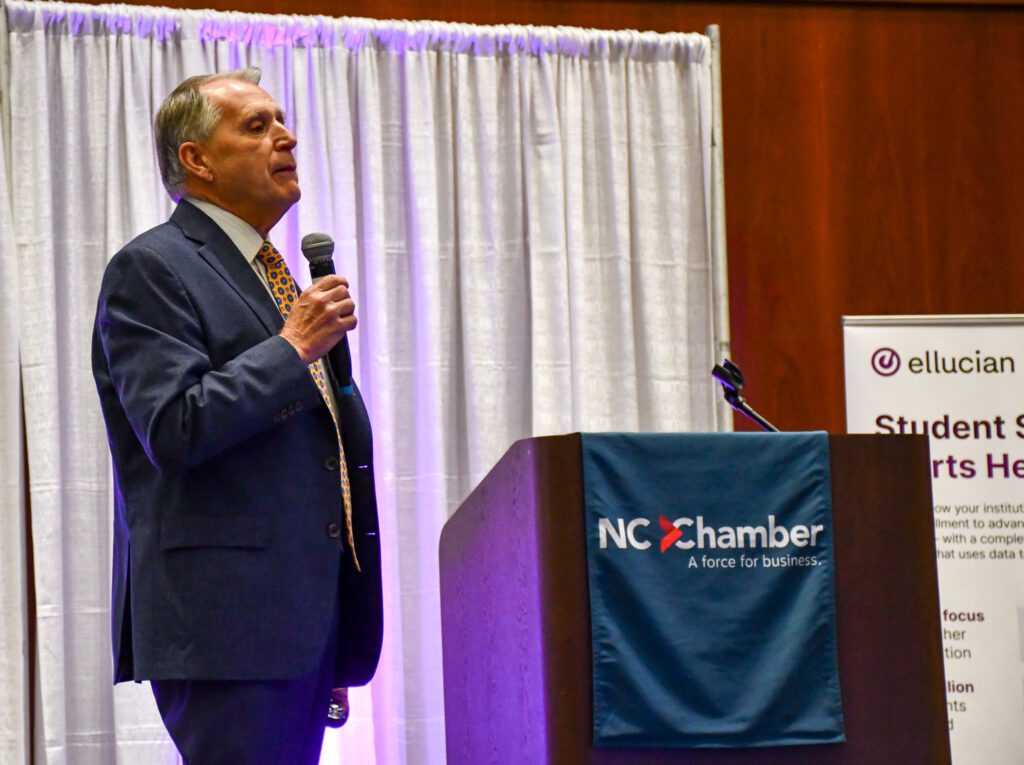
AI is not a new concept, Daggett said.
Daggett asked attendees how many had Googled something in the last 24 hours. That’s AI, he said, and it continues to develop and iterate. Since 2022, AI has grown by leaps and bounds.
Daggett broke down the stages of AI advancement into four categories:
- Non-generative: Analyzes and interprets existing data. Examples include Google searches, spam detection, and facial recognition.
- Generative (text): Chatbots that use AI to generate human-like text responses based on user input. Examples include ChatGPT.
- Generative (text, voice, vision, and image): Goes beyond generating responses from text input and includes deciphering images, language, and voice. Examples include GPT-4o and Apple Intelligence.
- Merging of generative AI and robotization: Creation of intelligent machines that can perform a wide variety of tasks, including assembly work and distribution.
These advancements are already here, and it is imperative that today’s students be prepared for the future workforce, Daggett said. But preparation does not solely rest on educators to figure out.
“It is going to take an absolute unprecedented partnership between business and education to create a culture that even understands why things need to be different,” Daggett said.
A changing future
While AI was the main focus of this year’s conference, it was underscored by messages of population shifts, workforce challenges, and educational preparedness.
In 1960, 39% of the U.S. population was under 19 years old and 13% were over the age of 65 –three young people for every one senior citizen. By 2035, that is projected to shift dramatically. There will be more people over the age of 65 than under 19, which means more people who require medical care and fewer workers to provide services.
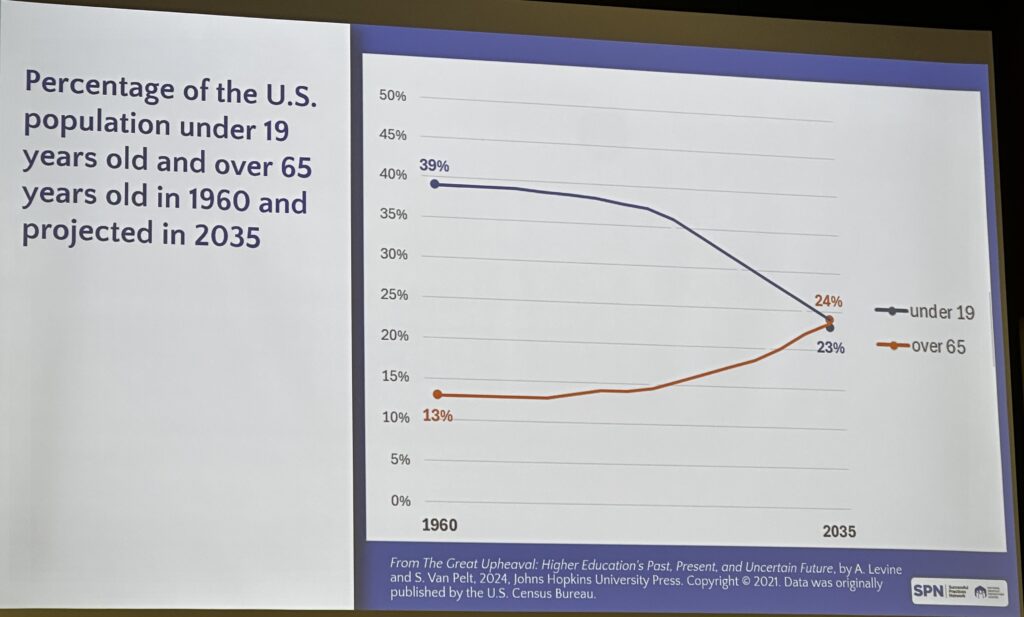
“I’m going to say something, not because I’m in North Carolina, because I’ve said it throughout the country. This state is in the best position of any state in this country to address the changing workplace needs and prepare a future workforce.”
Dr. Bill Daggett, founder of the International Center of Leadership in Education
Daggett lifted up partnerships across the state that are poised to address some of these workforce challenges, one of those being North Carolina’s Surry-Yadkin Works.
Surry-Yadkin Works is a collaborative multi-county program that connects high school students in Surry and Yadkin counties to pre-apprenticeship and internship opportunities, with special interest in high-demand fields. The collaborative includes Surry Community College and all four public school systems across the two counties.
One tenet of Surry-Yadkin Works is its commitment to growing their own local health care workforce, providing students the ability to advance in their academic and professional careers while still in high school.
At the end of his keynote, Daggett highlighted North Carolina’s 58 community colleges as an example of a nimble system poised to meet workforce challenges.
They’re in the best position because they are closest to the business community, and they can develop micro-credentials in a blink of an eye, he said.
Daggett also said the community colleges were some of the least supported educational institutions in the state, noting public policy issues that need to be addressed, particularly given the institutions’ ability to address workforce challenges quickly.
Related reading
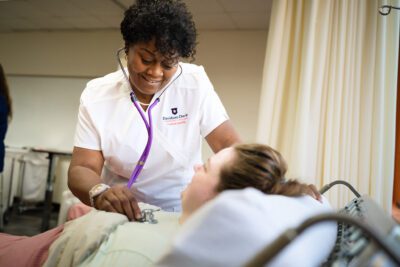
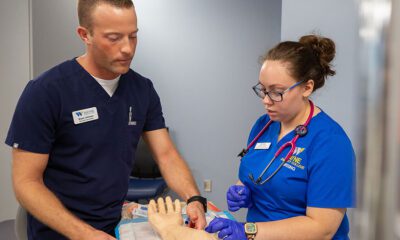
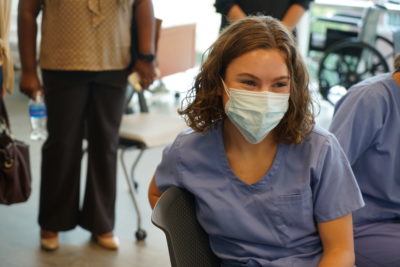
Developing the right skills
“Workers aren’t going to be replaced by AI, they’re going to be replaced by a worker who has skills that AI does not have,” Daggett said.
What are those skills? Daggett referenced major studies by McKinsey & Company, Deloitte, and the World Economic Forum that outlined skills workers will need, many of which are not content related skills.
In the McKinsey study, the research team identified 56 distinct elements of talent (DELTAs) across 13 skill groups in four categories: cognitive, interpersonal, self-leadership, and digital.
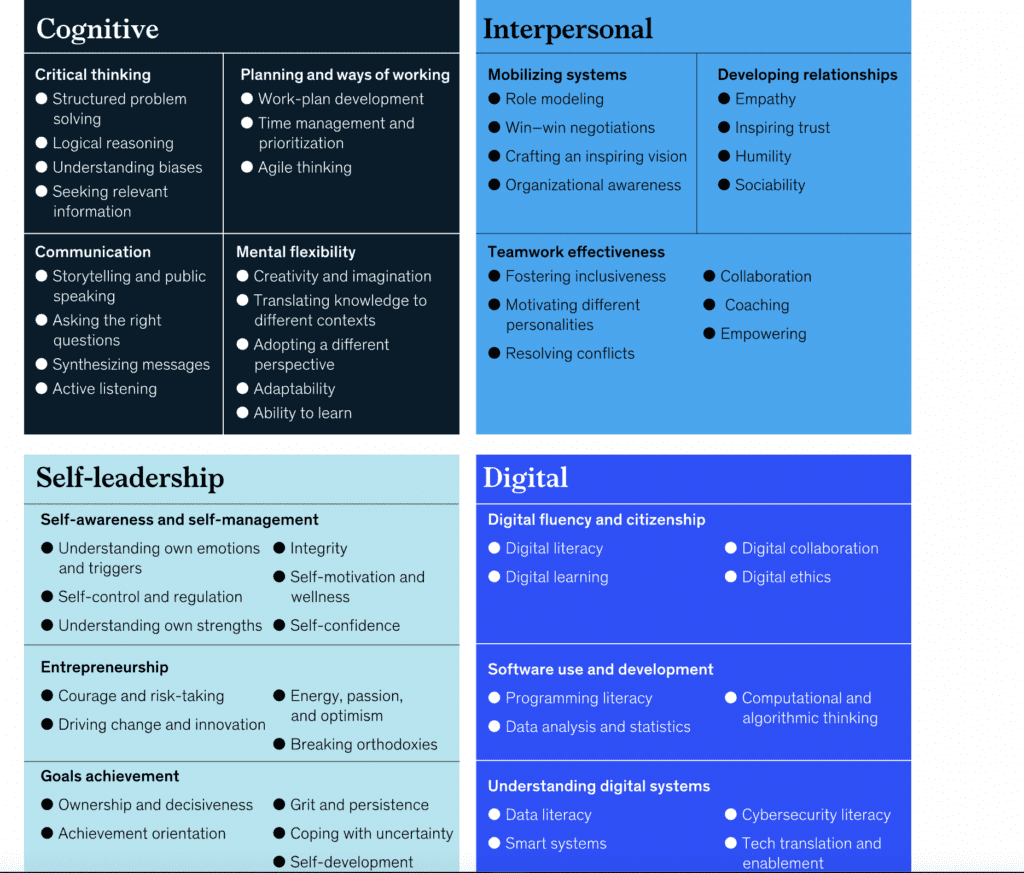
Daggett went on to say that while content is still important, skills should be the objective.
“It’s not so much a change in the curriculum, it’s a change in instructional practices,” he said.
And the key to implementing those changes is partnerships, according to Daggett. Businesses and educators will need to work together to give students the types of experiences that will prepare them for the future.
Other conference highlights
This year’s convening featured three breakout sessions highlighting AI across K-12 education, postsecondary education, and the business sector.
The conference also included a fireside chat with Meredith Archie, president of the NC Chamber Foundation, and U.S. Rep. Virginia Foxx.
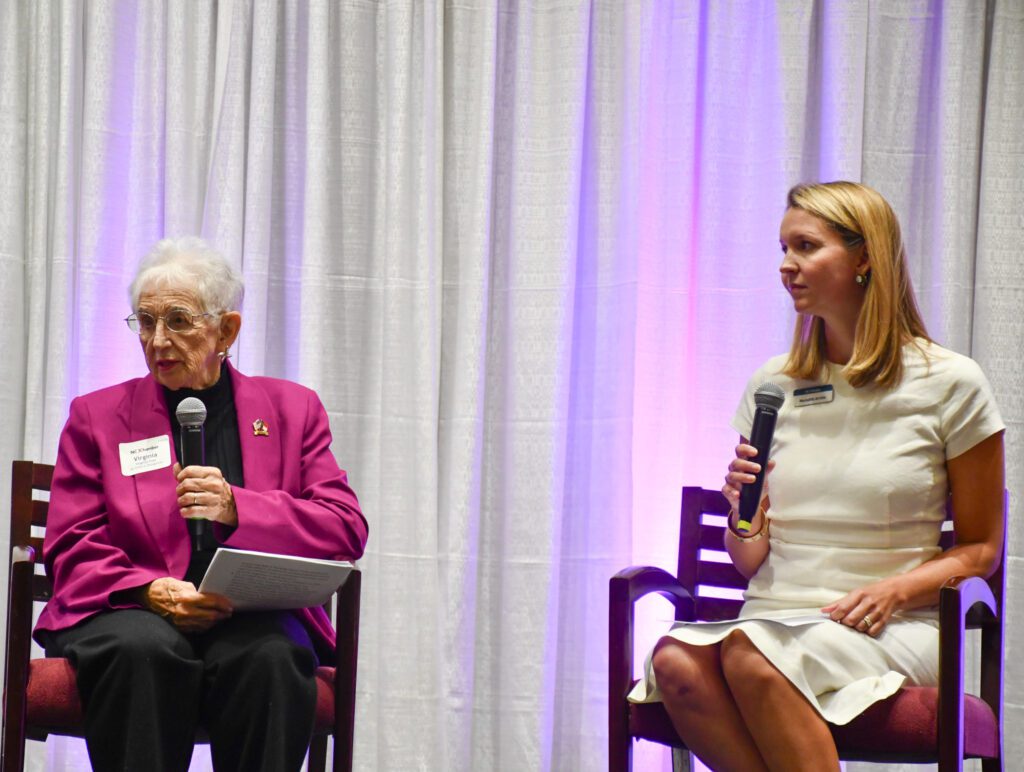
Vincent Ginski, director of workforce competitiveness with the NC Chamber Foundation, and Andy MacCracken, director of the NC Center on the Workforce for Health, delivered a presentation on creating a demand-driven workforce system.
Archie joined Dr. Jeff Cox, president of the North Carolina Community College System, and Catherine Truitt, state superintendent of the Department of Public Instruction to close out the conference with a call to action for educators, business, government, and nonprofit leaders to collaborate to ensure a skilled workforce and maintain North Carolina’s competitive edge.
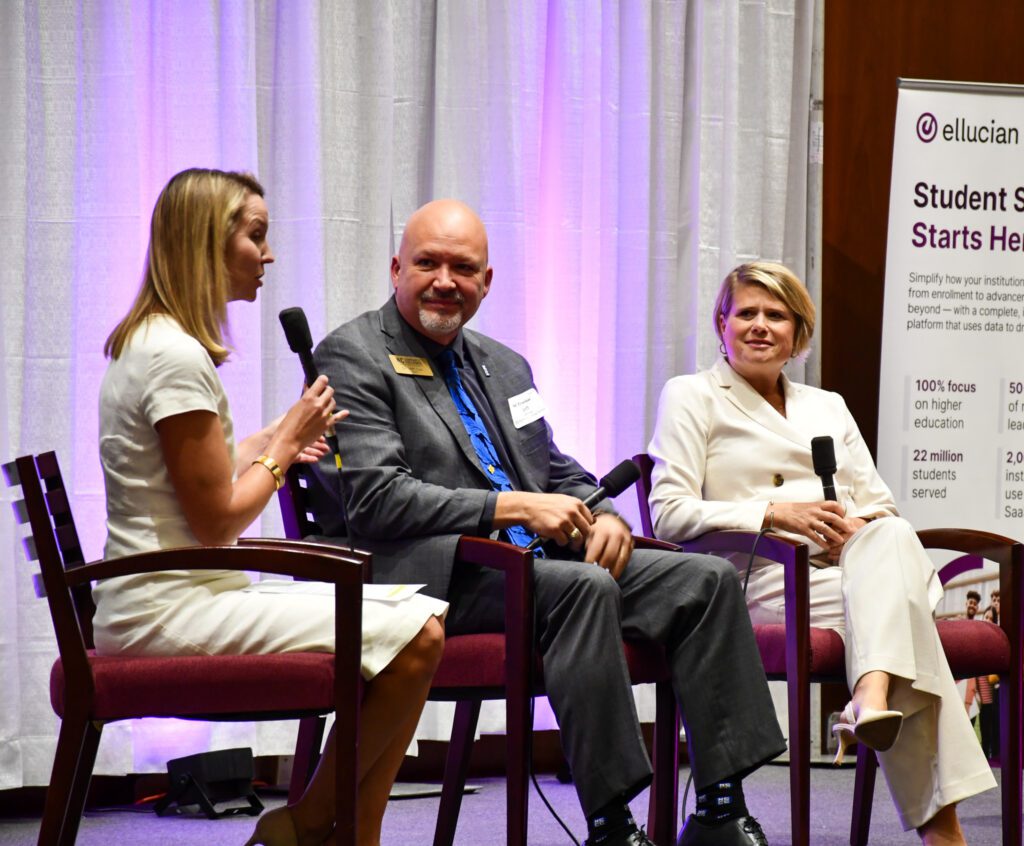
Recommended reading
